Education system in Bangladesh needs to change
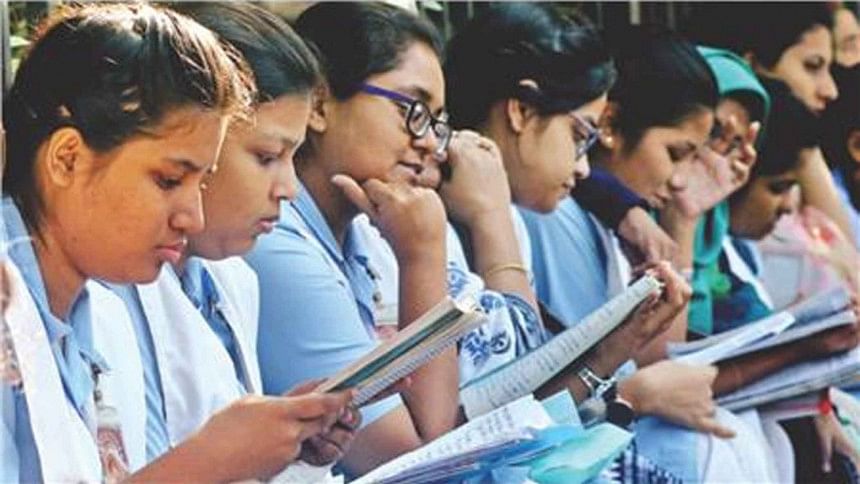
In Bangladesh, although primary education is free and the government provides the textbooks, more than 4.3 million children aged 6-15 years are not in school and around 42 million people – about 26 percent of the population – are still illiterate. Moreover, while our school enrolment rate is still high, the dropout rate is even higher. Data from the Bangladesh Bureau of Educational Information and Statistics show that, in 2020, the dropout rate was 17.2 percent at the primary level, 35.76 percent at the secondary level, and 21.16 percent at the higher secondary level. Most of these dropouts happen in rural areas. Because the quality of schools and standard of teaching there are poor, many parents feel reluctant to send their children to schools. They find the current education system to be of little use in practical life as neither textbooks nor the curriculum is relevant to their situation or match the requirements of the present job market.
In the past few years, numerous experiments have been carried out in the name of modernising and updating our primary, secondary, and higher secondary education. Yet, the existing education curriculum is not aligned with industry needs. While schools/colleges across the globe are focusing more on soft skills such as team-building, problem-solving, critical thinking, communication, negotiation, decision-making, etc., our education system is still stuck in the past.
Research suggests that our garments, real estate, telecommunication, information and technology sectors are facing severe shortage of skilled manpower. As a result, foreign workers are being hired. There is no specific data on outbound remittances, but industry insiders say that foreign nationals working in Bangladesh remit about USD 6 billion altogether every year to their countries.
Bangladesh has a vision to become a developed nation by 2041 and to achieve that, we need skilled workers. But our education budget doesn't reflect the urgency of developing human resources. Our current expenditure on education is the lowest among South Asian countries. The country spends around 2 percent of its GDP on education, whereas India spends 4.6 percent, Afghanistan and Maldives 4.1 percent, Nepal 5.2 percent, and Bhutan spends 6.6 percent of their respective GDPs on education. Despite demands from experts to increase the allocation to between four to six percent of GDP, again we saw poor allocation for education in the national budget for FY2022-23.
The Unesco recommends spending six percent of GDP on the education sector. Bangladesh ranked 112th out of 138 countries in the Global Knowledge Index 2020. It has scored 35.9 – again the lowest among South Asian countries.
We all know that education is a major driving force of development in any modern society, and that the quality of workers is the central determining factor of economic progress. Therefore, it is important for Bangladesh to focus on improving the quality of its education – the kind of education that will help individuals acquire the knowledge and skills to meet all the needs of the jobs of today and tomorrow.
The government has recently been putting more emphasis on setting up technical schools and colleges in different upazilas. Undoubtedly, vocational training could be an important element for future development, and in reducing unemployment, inequality, and poverty. But our policymakers need to realise that if someone's basic education is weak, vocational training will hardly be of use to them. It is therefore necessary to redesign our primary, secondary, and higher secondary education. Pre-vocational education, information and communication technology (ICT) based education must be considered a priority area for inclusion and development from the secondary level (Class 9) to the higher secondary level (Class 12), to provide a foundation of basic skills and knowledge that will help students acquire technical skills, learn how to apply their knowledge, and use creativity in their work. Also, we should keep in mind that merely setting up technical schools and colleges is not enough. We need to ensure they have skilled teachers, lab facilities, safe and supportive learning environments and, more importantly, offer the most up‐to‐date technical, professional, and job‐oriented courses for young graduates.
Some people in our country tend to see our large population as an asset. There is no denying the fact that the population of a country is the greatest social capital it can have. But as the saying goes, "People without education are like weapons without bullets." Research shows that, at present, about two-thirds of our total population is of working age, which means the country is going through a "demographic window of opportunity." To reap the benefits of this opportunity, our young people need to be trained properly so they can contribute to the development of the nation. Otherwise, Bangladesh may find it very difficult to achieve higher economic growth.
Abu Afsarul Haider is an entrepreneur.
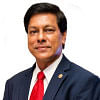
 For all latest news, follow The Daily Star's Google News channel.
For all latest news, follow The Daily Star's Google News channel. 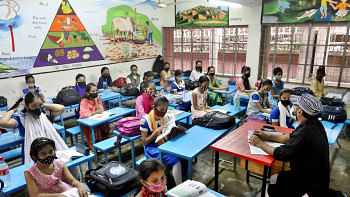
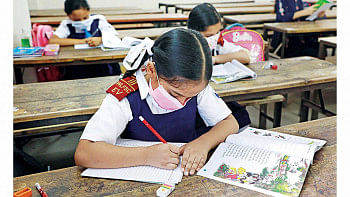




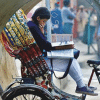

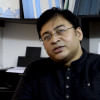


Comments